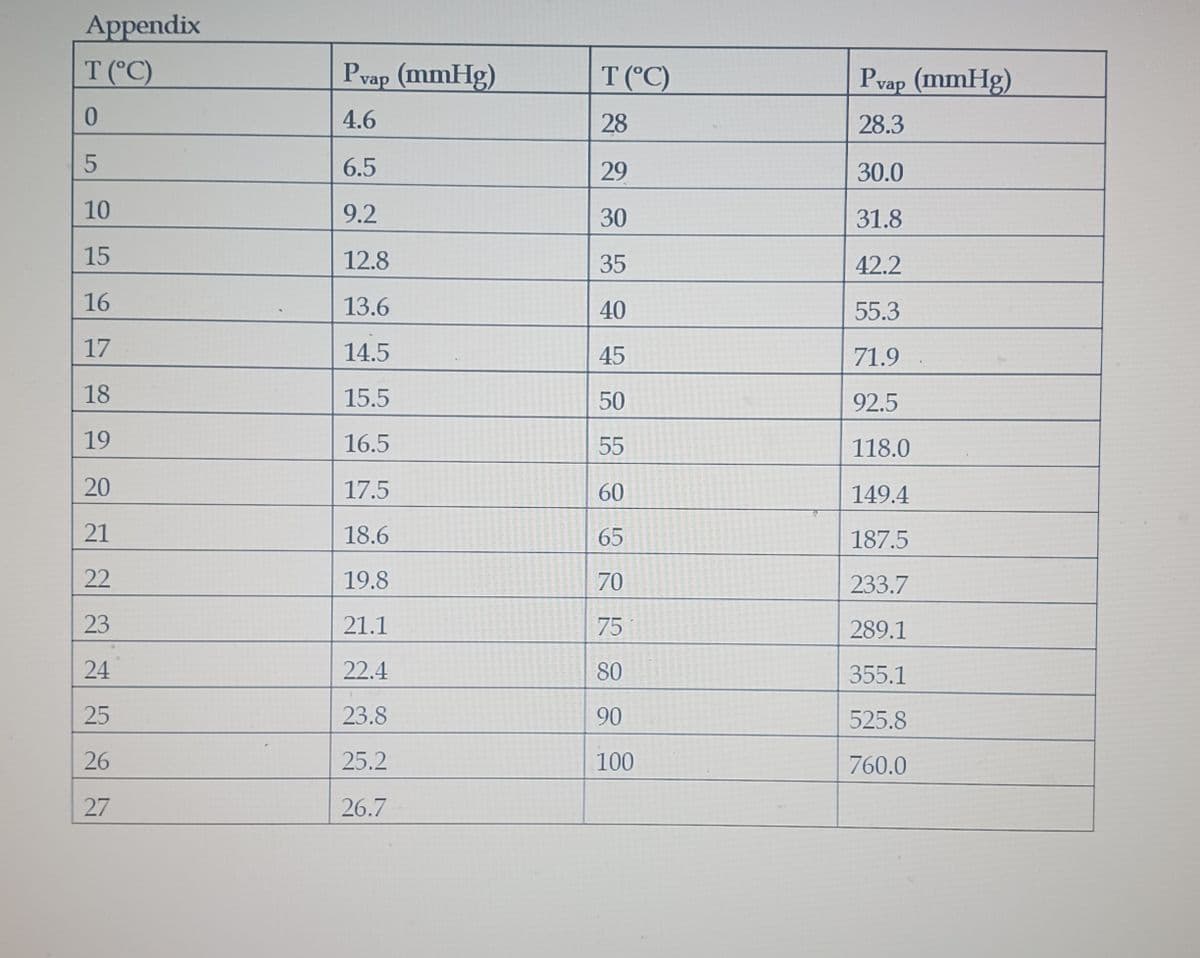PRE-LAB QUESTION An 89.3 mL sample of wet O₂ (g) is collected over water at 21.3°C and a barometric pressure of 744 mmHg. Under these conditions, the vapor pressure of H₂O is 19 mmHg. a. Find the partial pressure of O2 in the sample in units of atm. b. Calculate the volume the O₂ would occupy if it were dry, as described by Equation 2.
States of Matter
The substance that constitutes everything in the universe is known as matter. Matter comprises atoms which in turn are composed of electrons, protons, and neutrons. Different atoms combine together to give rise to molecules that act as a foundation for all kinds of substances. There are five states of matter based on their energies of attraction, namely solid, liquid, gases, plasma, and BEC (Bose-Einstein condensates).
Chemical Reactions and Equations
When a chemical species is transformed into another chemical species it is said to have undergone a chemical reaction. It consists of breaking existing bonds and forming new bonds by changing the position of electrons. These reactions are best explained using a chemical equation.
An 89.3 mL sample of wet O2(g) is collected over water at 21.3 celsius and a barometric pressure of 744 mmhg. Under these conditions, the vapor pressure of h2o is 19 mmhg.
a. Find the partial pressure of O2 in the sample in units of atm.
b. Calculate the volume the O2 would occupy if it were dry, as described by equation 2. Equation 2: V dry=V total (P total-P h2O/P total)


Step by step
Solved in 3 steps









